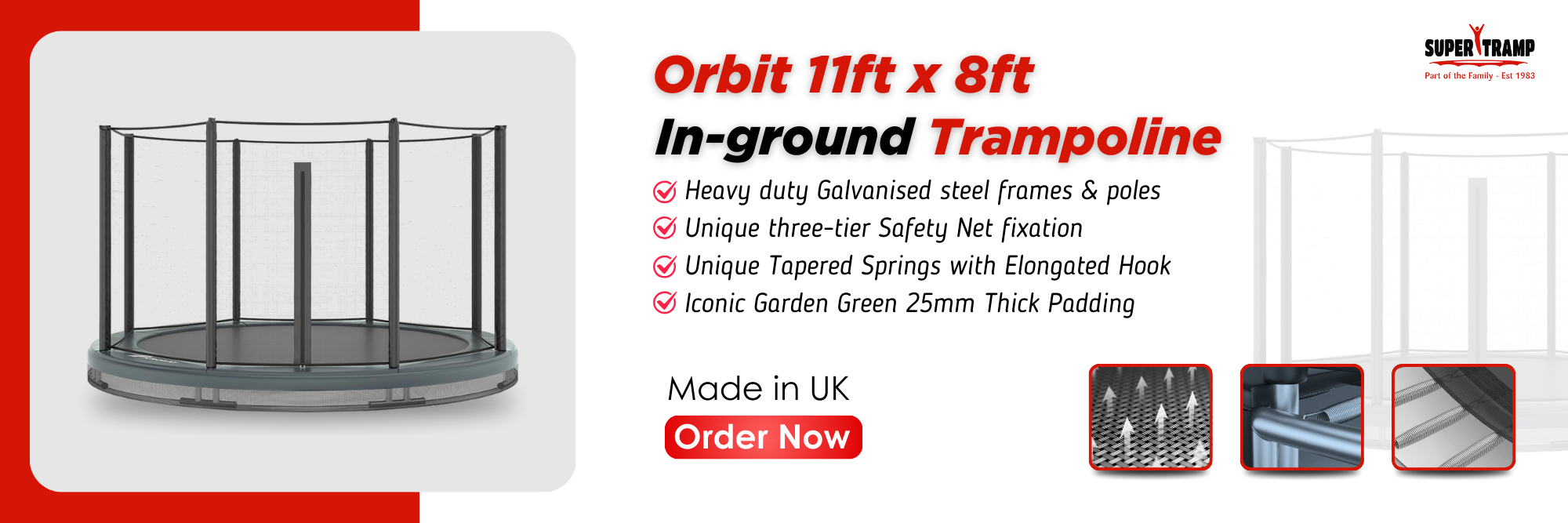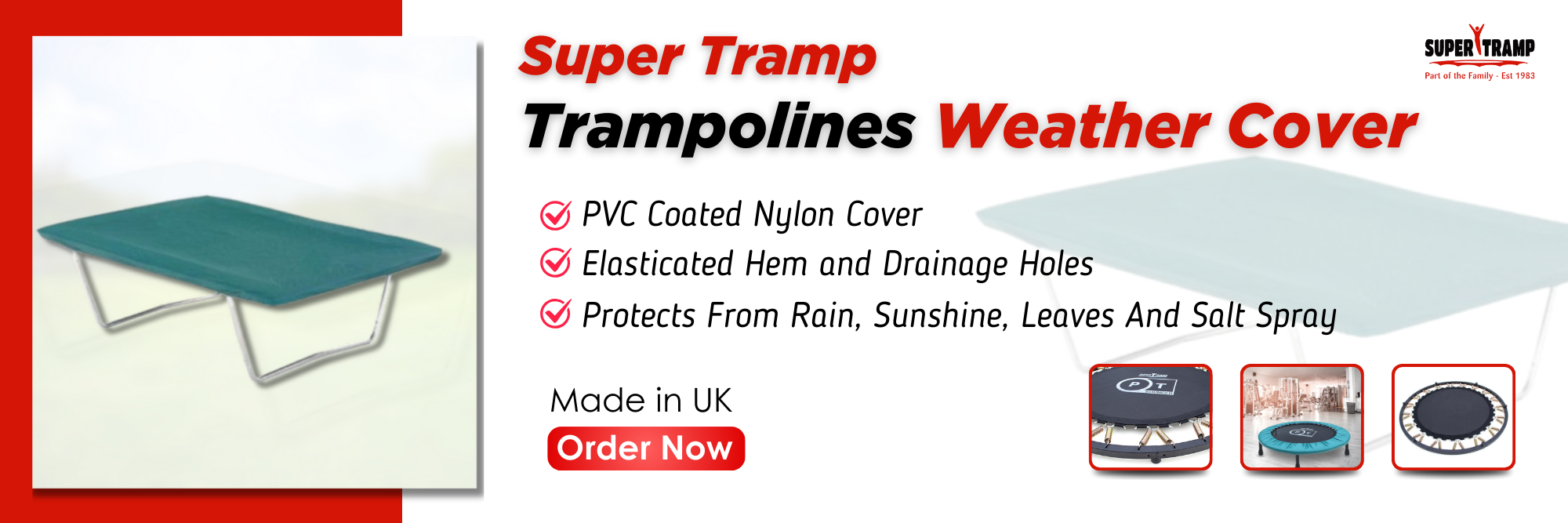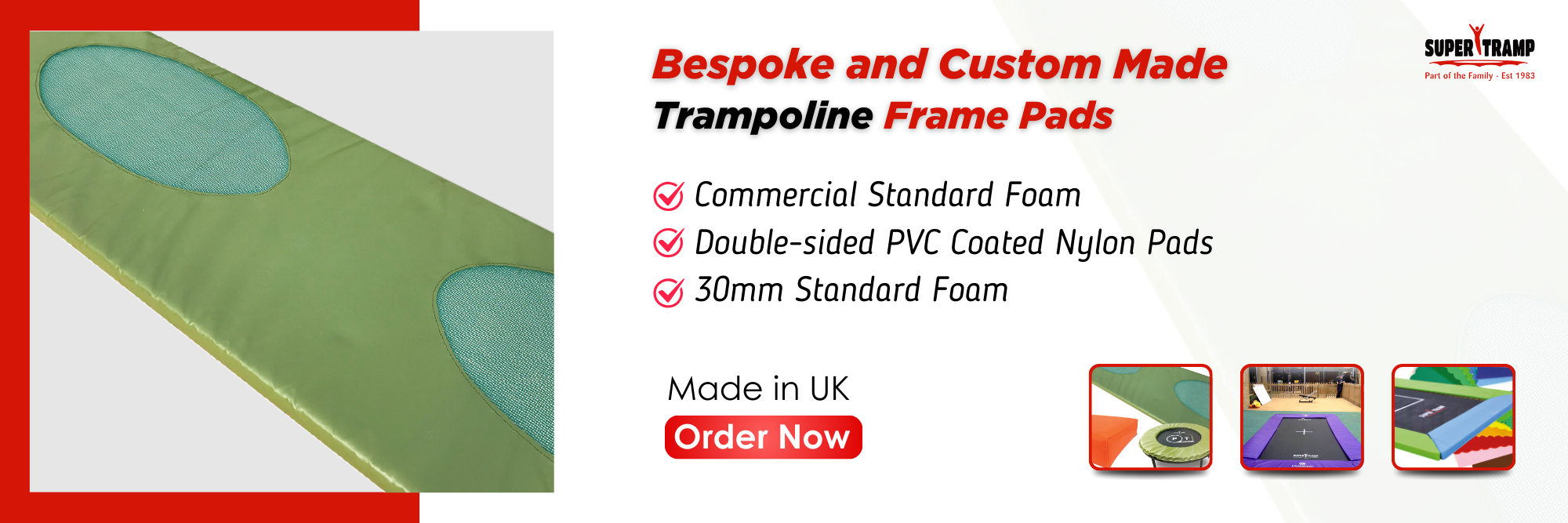So you’ve had a blast jumping around on your trampoline all summer, but now it’s time to prepare it for the winter season. If you want your trampoline to last for years to come, you’ll need to take some steps to protect it from the elements.
Table of Contents
ToggleDon’t worry, winterising your trampoline doesn’t have to be a chore – follow these tips, and you’ll be done in no time.
Ready to get started? Here’s everything you need to know to winterise your trampoline.
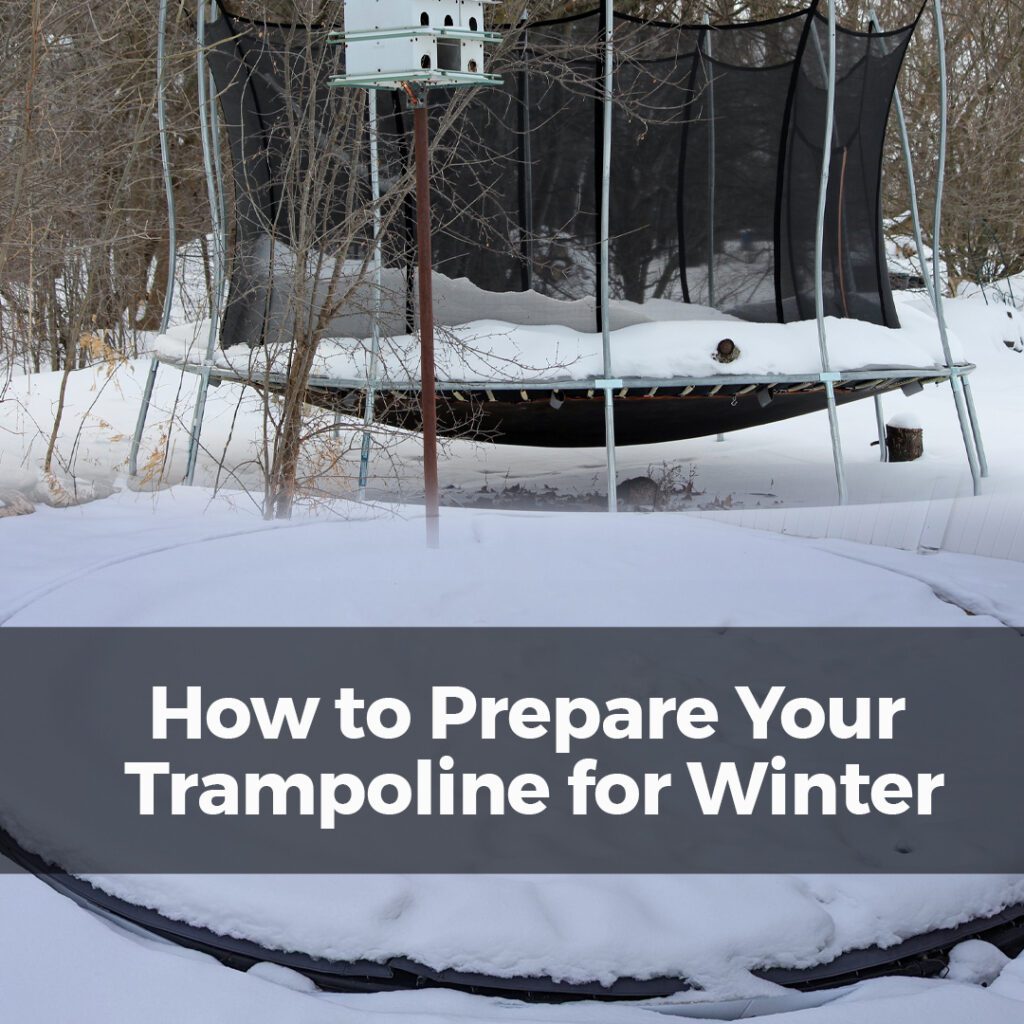
Why You Should Winterise Your Trampoline?
Preparing your trampoline for the winter season is a wise practice,especially in ground trampoline UK, where the climate can be particularly harsh.
By preparing your trampoline for the winter months, you shield it from the harsh elements, ensuring its longevity. The cold and damp British winters can be challenging, potentially causing damage to the frame, springs, and mat. Additionally, a well-maintained trampoline is safer for future use, as it prevents any potential hazards from neglect.
Neglecting this crucial step may lead to more extensive maintenance or even the need for costly replacements. By dedicating a little time and effort now, you’re investing in the durability and safety of your trampoline, ultimately enhancing the enjoyment and longevity of this beloved outdoor activity.
Protection against the winds
Firstly, the act of taking down the safety enclosure net helps to reduce the trampoline’s overall profile. In winter, where high winds and adverse weather conditions are expected, a lowered profile is essential. The enclosure net acts as a sail in the wind, and if it is left up, it can catch gusts like a ship’s sail, creating a larger surface area for the wind to impact. This increased wind resistance significantly raises the risk of the trampoline being damaged or even upended during storms or strong winds.
By removing the enclosure net, you are streamlining the trampoline, making it less susceptible to the forces of nature. This step is the foundation of your winterisation process, setting the stage for other protective measures.

Tie Down Kits: A Must in Winters
Tie-down kits are super important for keeping trampolines safe and steady, especially when they’re outside. These kits come with strong straps, anchors, and other bits to make sure the trampoline stays firmly on the ground. By securing the trampoline properly, tie-down kits stop it from getting blown around or knocked over by strong winds or bad weather. This not only stops the trampoline from getting damaged but also helps prevent accidents and injuries caused by wobbly equipment.
Plus, tie-down kits give trampoline owners peace of mind, knowing their fun gear is securely anchored and safe to bounce on, even when the weather’s not great. So, they’re a must-have for keeping trampolines safe and fun for everyone!
Other things should also be taken care of –
Clean the Mat and Pads
Use a hose to rinse the trampoline mat, springs, and pads to remove dirt and debris. Make a cleaning solution of detergent and water and scrub with a soft brush. Ensure to rinse thoroughly with water to remove any residue left by the cleaning product.
Check the Springs and Mat
Inspect the trampoline springs and mat for any damage or weak spots. Look for:
- Broken, bent, or overstretched springs that need replacement
- Tears, holes, or fraying in the mat
- The mat becoming detached from the springs
Perform any necessary repairs or replacements before storing for the winter.
Lubricate the Springs
Apply a light coat of lubricant to the trampoline springs. This will help prevent rusting over the winter and keep the springs in good working order. Wipe any excess grease with a rag to prevent slips when jumping resumes in the spring.
Invest in a Quality Cover
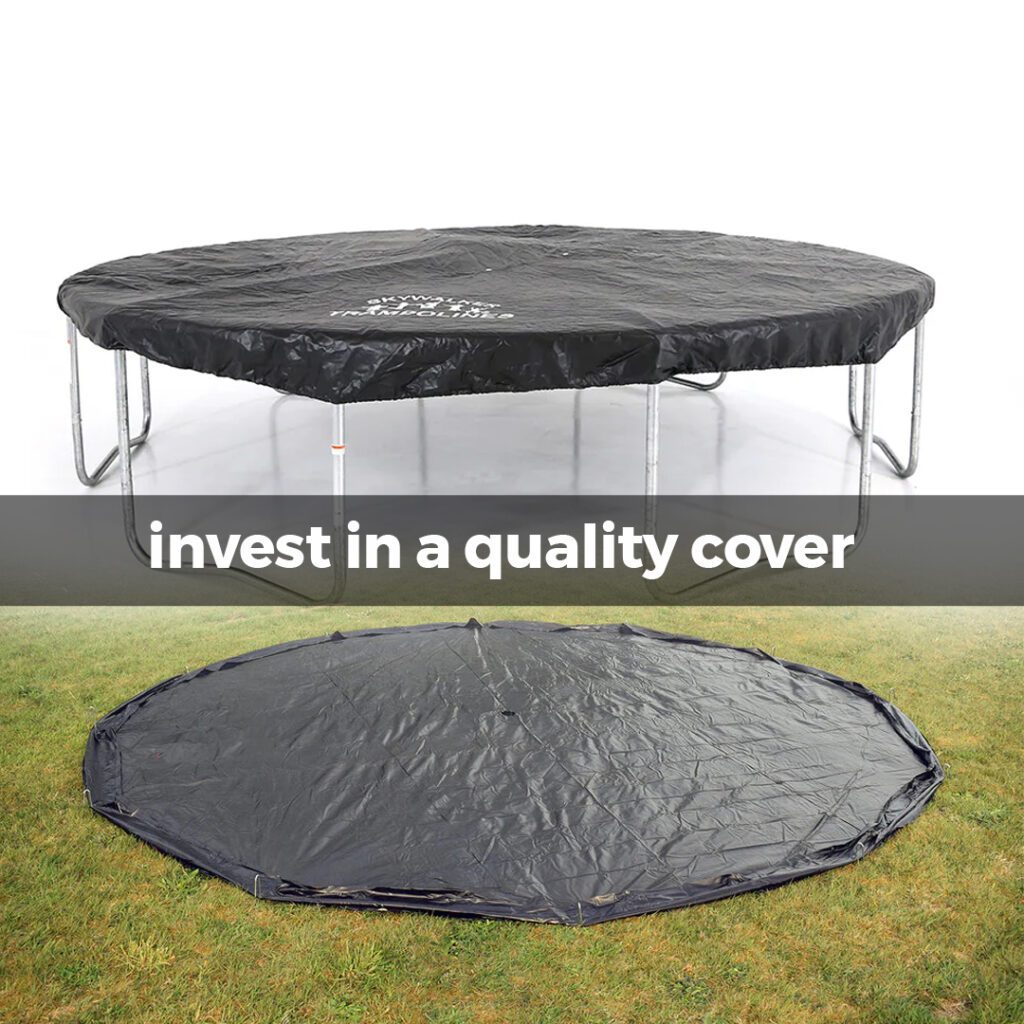
Storing your trampoline properly over the winter is key to keeping it in good shape for years. The best way to protect it from harsh weather is by investing in a high-quality trampoline weather cover.
A Cover Keeps Out the Elements
A cover specifically designed for trampolines will shield them from rain, snow, wind, and ice all winter. Look for a cover made of durable, weather-resistant material like polyethene that is also breathable to prevent condensation build-up. Secure the cover tightly around the frame using the drawstring or elastic hem to keep precipitation and pests out.
Prevents Damage and Rust
Without a cover, your trampoline is exposed to damage from UV radiation and temperature extremes, which can cause pads, springs, and the mat to deteriorate and weaken over time. The steel frame and springs are also prone to rust if left unprotected through winter.
Keeps Your Trampoline Looking Like New
A quality trampoline cover can help keep your trampoline looking and functioning like new for many seasons. It’s a worthwhile investment to make if you want your trampoline to last.
Using a cover is one of the easiest ways to protect your investment and keep your garden trampoline in prime condition.
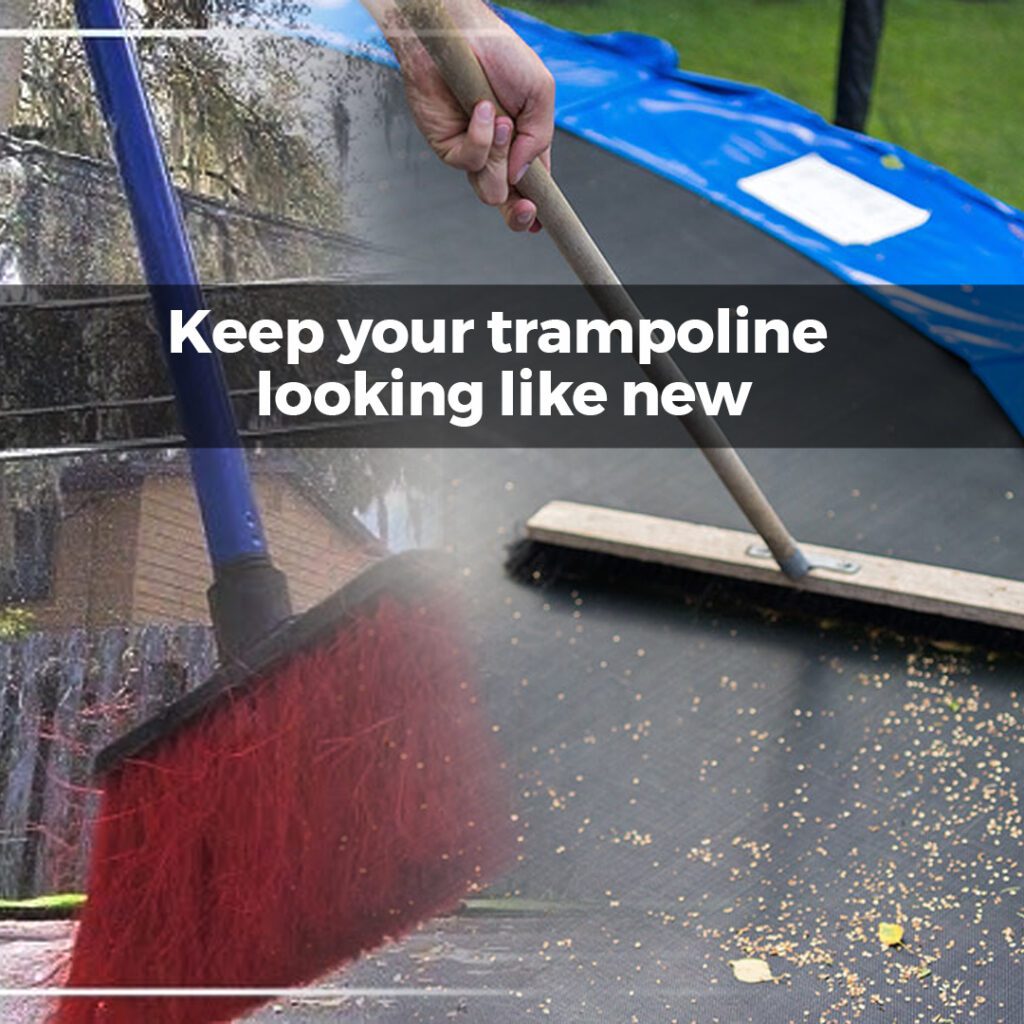
Checkups before Winterising Your Trampoline
To ensure your trampoline is ready for the winter months, it’s important to perform regular checkups and maintenance. Neglecting these steps can lead to damage over the winter that shortens the lifespan of your trampoline.
Inspect the safety padding
The safety frame padding, or trampoline mat, protects jumpers from the springs and frame. Check that the padding is securely attached all the way around, with no rips, tears or holes. If needed, replace or patch any damaged sections so there are no gaps. The padding should overlap the springs by at least 2 to 3 inches for maximum protection.
Check the springs
Look for any springs that appear bent, rusted or damaged and replace them. Springs that have lost tension or are no longer securely attached to the frame can affect the performance and safety of your trampoline.
Examine the frame
Inspect the trampoline frame for any signs of bending, warping or rust. The frame provides the structure and support for the entire trampoline. Repair or replace damaged frame sections to ensure it remains sturdy and secure. Touch-up paint on the frame also helps prevent rusting during winter.
Conclusion
So there you have it, a step-by-step guide to prepare your trampoline for the winter months ahead. By following these tips, you’ll ensure your trampoline is ready for the spring and many more bouncing sessions. Your children will thank you for it when they’re somersaulting and jumping for joy on the first warm day of the new season.
Now, all we have to do is imagine sunny days while staying warm inside during the winter. Before you know it, the covers will come off, the pads will come out, and the fun will begin all over again. Stay warm, and keep bouncing!
FAQ's
Should you leave a trampoline out in winter?
It’s advisable to disassemble and store a trampoline during winter to prevent damage from snow, ice, and cold temperatures.
Where should I put my trampoline in the winter?
Store your trampoline indoors or in a sheltered area during winter. If disassembly isn’t possible, place it in a location protected from snow and ice.
What would happen if you jumped on a trampoline in the winter?
Jumping on a trampoline in winter can be risky. Cold temperatures may make the surface slippery, and ice accumulation can cause injuries.
How much snow can a trampoline hold?
Trampolines are not designed to hold snow. Accumulated snow adds weight and stress, risking damage to the frame and springs.
What is the lifespan of a trampoline?
The lifespan of a trampoline varies based on usage, care, and environmental factors. Generally, with proper maintenance, trampolines can last 5-10 years.


